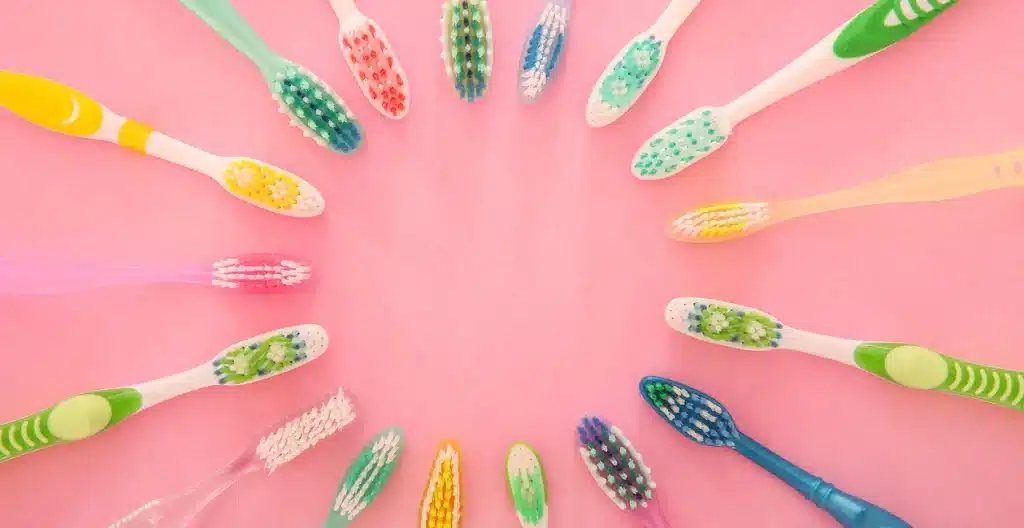Selecting the perfect toothbrush might seem straightforward, but with the plethora of options available today, it can feel surprisingly overwhelming. Your toothbrush plays a pivotal role in your oral hygiene routine, making it crucial to choose one that suits your specific dental needs and preferences. Here’s a comprehensive guide to help you navigate the sea of choices and find the right toothbrush for you.
Consider the Bristle Type
- Soft Bristles: Most dentists recommend soft-bristled toothbrushes for the majority of patients. They are gentle on the gums and sufficient to remove plaque and debris from your teeth without causing enamel erosion or gum recession.
- Medium and Hard Bristles: These are best avoided for everyday use, as they can be too abrasive, potentially damaging your gums and tooth enamel.
Look at the Head Size
- Compact vs. Full-sized: The size of the toothbrush head is important for comfort and effectiveness. A compact head is often recommended because it can better reach all areas of the mouth, including those hard-to-reach back teeth. However, some may prefer a full-sized head, so consider what will work best for you in terms of maneuverability and coverage.
Handle Design
- Non-slip Grip: If you have arthritis or dexterity issues, a toothbrush with a non-slip grip can make brushing easier and more comfortable.
- Shape and Style: Handles come in various shapes and styles. Choose one that feels comfortable in your hand and mouth. The goal is to ensure that you can hold and maneuver the toothbrush to clean all areas effectively.
Manual vs. Electric
- Manual Toothbrushes: These are affordable and easy to use, with no need for charging or batteries. They’re also easy to travel with. The key to effectiveness is using proper brushing technique and being diligent about brushing for two minutes.
- Electric Toothbrushes: Electric models can be particularly useful for those with limited mobility or orthodontic appliances. They do most of the work for you and can remove more plaque than manual brushing. Many also feature built-in timers to ensure you brush for the full recommended time.
Consider Your Specific Needs
- For Braces: If you have braces, you might consider an orthodontic toothbrush or an electric toothbrush with orthodontic heads designed to clean around wires and brackets effectively.
- For Sensitive Teeth: Look for toothbrushes labeled as extra soft or specially designed for sensitive teeth. These can provide a gentler brushing experience.
- For Kids: Children’s toothbrushes have smaller heads and larger handles designed for little hands. Choosing a toothbrush with their favorite character may also encourage them to brush regularly.
Replacement and Hygiene
Remember to replace your toothbrush or electric toothbrush head every 3-4 months, sooner if the bristles are frayed. A worn toothbrush won’t clean your teeth effectively. Also, store your toothbrush in an upright position and allow it to air dry to prevent bacterial growth.
Closing Thoughts
Choosing the right toothbrush is a personal decision that can significantly impact your dental health. Whether you opt for a manual or electric toothbrush, the key is to use it regularly and effectively. Don’t hesitate to ask your Honest Dental dentist for recommendations based on your oral health status and cleaning needs. With the right tool in hand, you’re well on your way to maintaining a healthy, vibrant smile.

